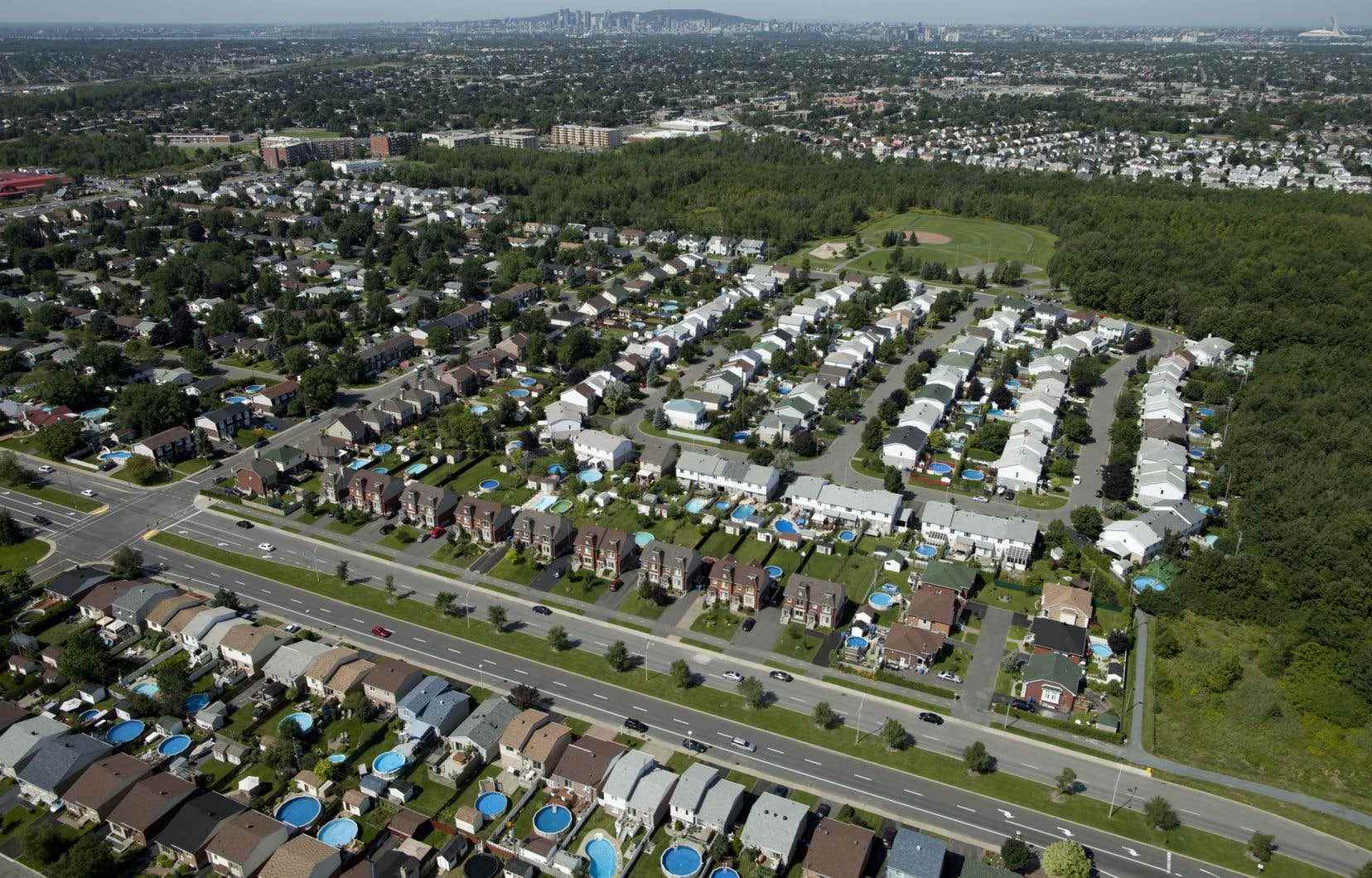The National Policy for Architecture and Land Use Planning (PNAAT) unveiled Monday by the Legault government does not say a word about the third link project, but recommends that municipalities limit urban sprawl.
The State must “direct growth towards areas already equipped with infrastructures and public services, located in the heart of our villages and our cities, thus limiting urban sprawl”, can we read in the Policy.
This document should be seen as “a frame of reference for all municipalities in Quebec,” writes Minister of Municipal Affairs Andrée Laforest in her introductory remarks.
The Quebec territory is “already” affected by the effects of climate change, it is written further. Therefore, Quebec must “strengthen” its actions to reduce greenhouse gas (GHG) emissions.
It is also necessary to “reduce travel times and distances between places of residence, work, consumption and other types of activity” and “increase the density of land occupation by favoring compact forms of layout,” we say.
Increased protection of farmland
Another noteworthy element: the document recommends “increased protection for agricultural land”. However, it does not specify whether this could lead to a strengthening of the powers of the Commission de protection du territoire agricole (CPTAQ).
The PNAAT is made public a few weeks after Transport Minister François Bonnardel came under heavy criticism after reducing densification policies to a fad.
Called for by numerous civil society groups, this policy is a first in Quebec. It is the result of a vast consultation involving 23 departments and agencies and in which 4,500 people have taken part since last year.
Before translating into concrete actions, it must be followed by an “implementation plan” which will not, however, be tabled before the winter of 2023, i.e. after the elections.
The Policy was unveiled Monday afternoon in Saguenay by Andrée Laforest, Minister of Municipal Affairs, and Nathalie Roy, Minister of Culture. The latter is directly affected by the portion of the plan dedicated to architecture.
The PNAAT is divided into four areas: quality living environments that meet the needs of the population (1), development that preserves and enhances natural environments and agricultural land (2), dynamic and authentic communities everywhere in Quebec (3) and a greater concern for territory and architecture in public action (4).
On this last point, the Policy aims in particular to “establish an architectural framework to develop State practices and bequeath sustainable and creative architecture. »
More details will follow…
